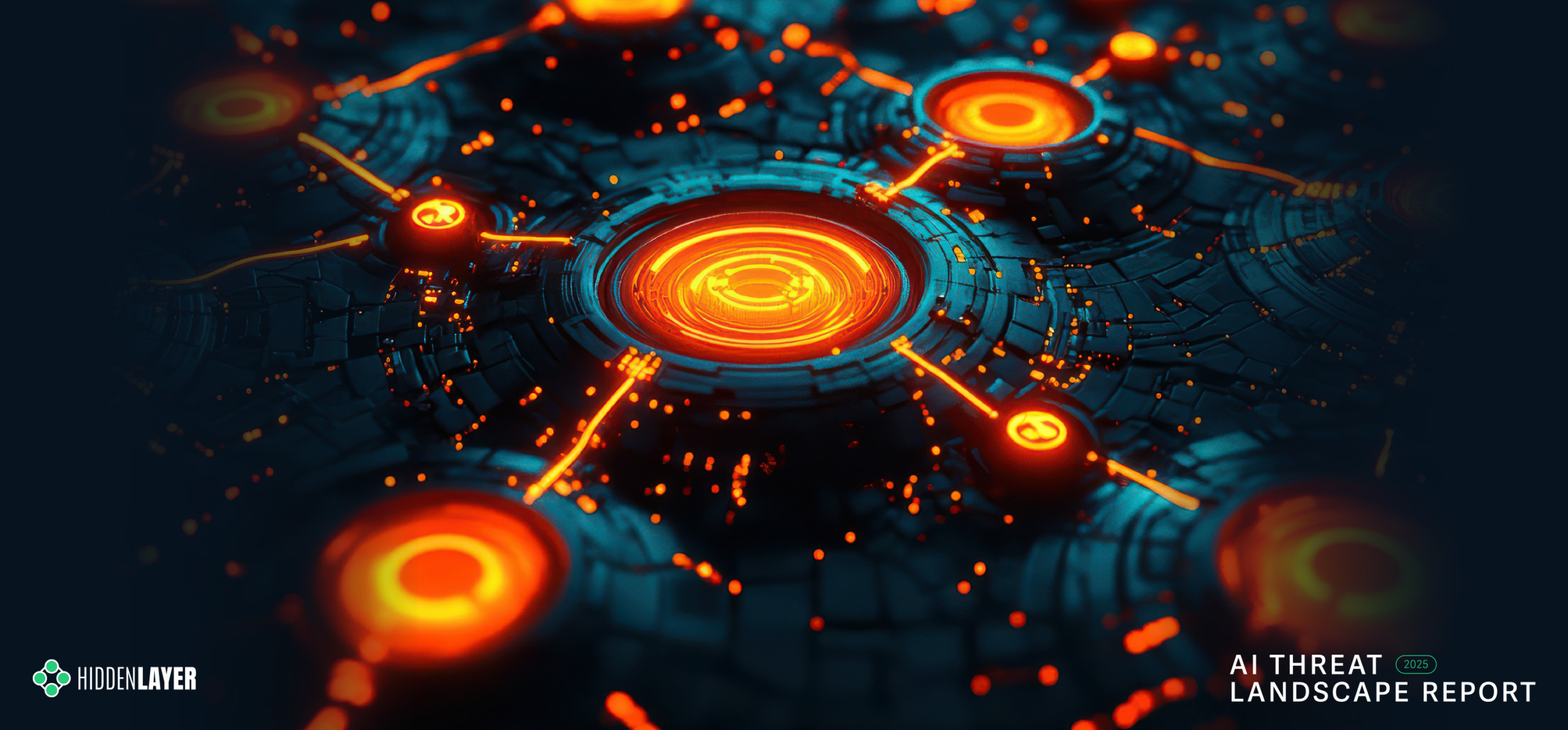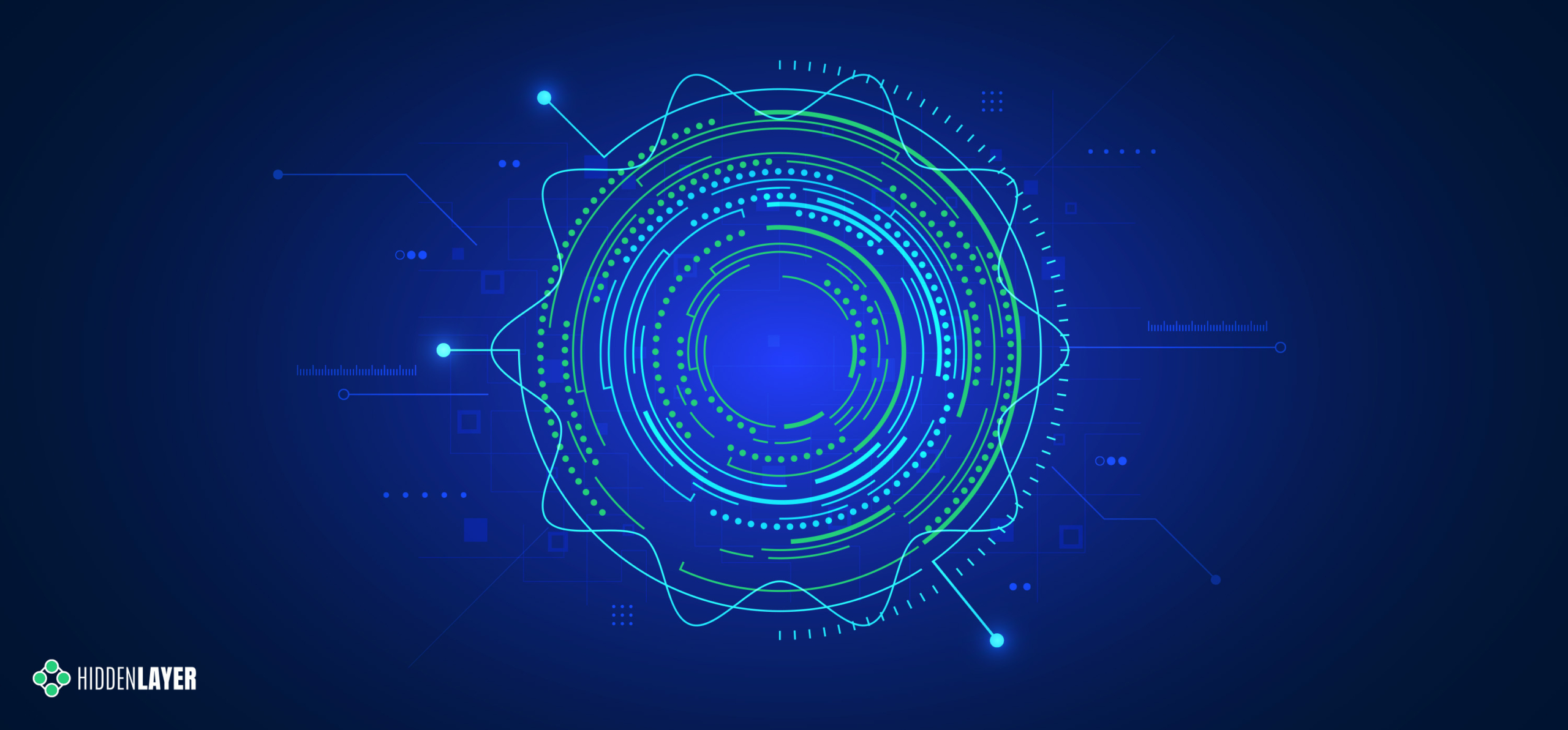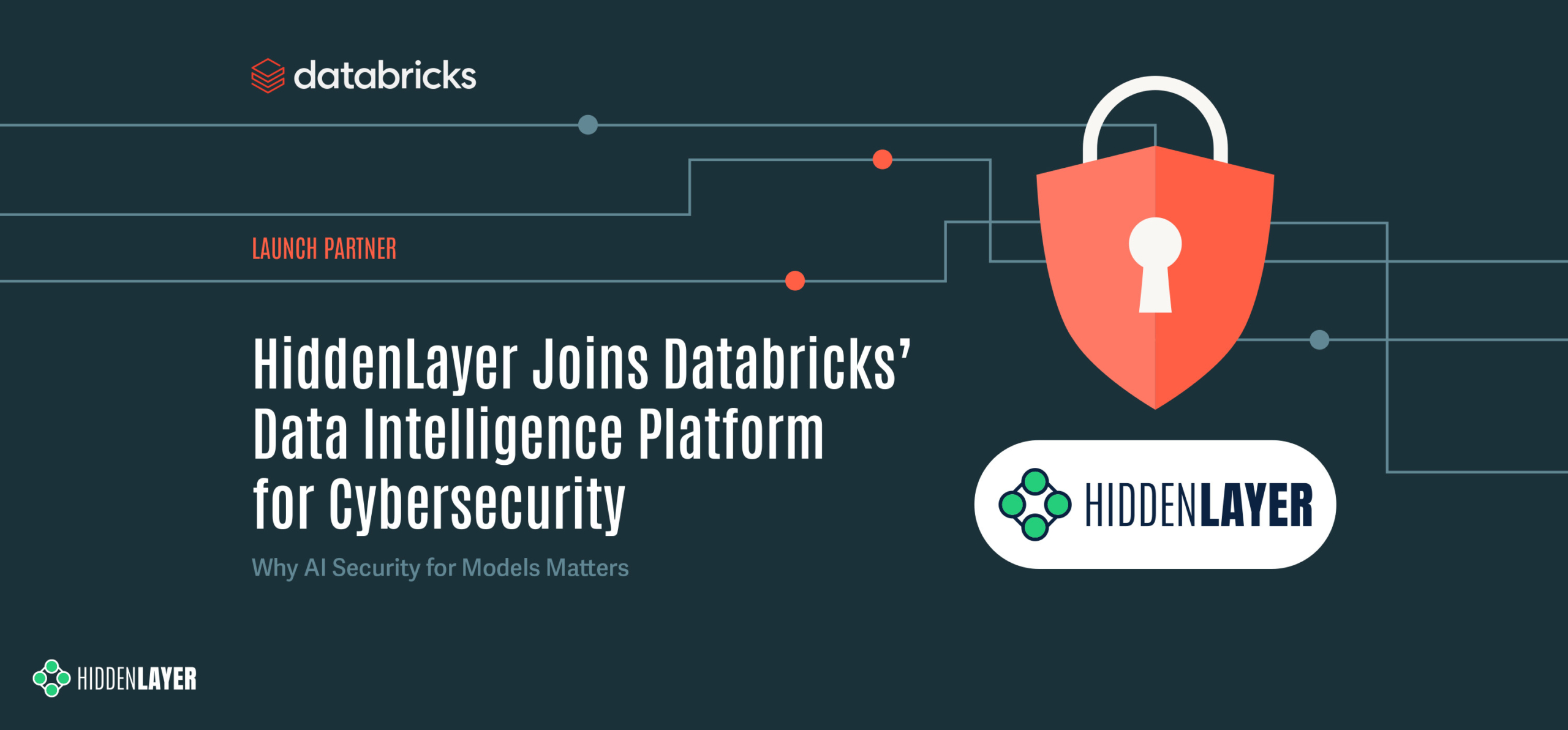The past year brought significant advancements in AI across multiple domains, including multimodal models, retrieval-augmented generation (RAG), humanoid robotics, and agentic AI.
Multimodal models
Multimodal models became popular with the launch of OpenAI’s GPT-4o. What makes a model “multimodal” is its ability to create multimedia content (images, audio, and video) in response to text- or audio-based prompts, or vice versa, respond with text or audio to multimedia content uploaded to a prompt. For example, a multimodal model can process and translate a photo of a foreign language menu. This capability makes it incredibly versatile and user-friendly. Equally, multimodality has seen advancement toward facilitating real-time, natural conversations.
While GPT-4o might be one of the most used multimodal models, it’s certainly not singular. Other well-known multimodal models include KOSMOS and LLaVA from Microsoft, Gemini 2.0 from Google, Chameleon from Meta, and Claude 3 from Anthopic.
Retrieval-Augmented Generation
Another hot topic in AI is a technique called Retrieval-Augmented Generation (RAG). Although first proposed in 2020, it has gained significant recognition in the past year and is being rapidly implemented across industries. RAG combines large language models (LLMs) with external knowledge retrieval to produce accurate and contextually relevant responses. By having access to a trusted database containing the latest and most relevant information not included in the static training data, an LLM can produce more up-to-date responses less prone to hallucinations. Moreover, using RAG facilitates the creation of highly tailored domain-specific queries and real-time adaptability.
In September 2024, we saw the release of Oracle Cloud Infrastructure GenAI Agents – a platform that combines LLMs and RAG. In January 2025, a service that helps to streamline the information retrieval process and feed it to an LLM, called Vertex AI RAG Engine, was unveiled by Google.
Humanoid robots
The concept of humanoid machines can be traced as far back as ancient mythologies of Greece, Egypt, and China. However, the technology to build a fully functional humanoid robot has not matured sufficiently – until now. Rapid advancements in natural language have expedited machines’ ability to perform a wide range of tasks while offering near-human interactions.
Tesla’s Optimus and Agility Robotics’ Digit robot are at the forefront of these advancements. Optimus unveiled its second generation in December 2023, featuring significant improvements over its predecessor, including faster movement, reduced weight, and sensor-embedded fingers. Digit’s has a longer history, releasing and deploying it’s fifth version in June 2024 for use at large manufacturing factories.
Advancements in LLM technology are new driving factors for the field of robotics. In December 2023, researchers unveiled a humanoid robot called Alter3, which leverages GPT-4. Besides being used for communication, the LLM enables the robot to generate spontaneous movements based on linguistic prompts. Thanks to this integration, Alter3 can perform actions like adopting specific poses or sequences without explicit programming, demonstrating the capability to recognize new concepts without labeled examples.
Agentic AI
Agentic AI is the natural next step in AI development that will vastly enhance the way in which we use and interact with AI. Traditional AI bots heavily rely on pre-programmed rules and, therefore, have limited scope for independent decision-making. The goal of agentic AI is to construct assistants that would be unprecedentedly autonomous, make decisions without human feedback, and perform tasks without requiring intervention. Unlike GenAI, whose main functionality is generating content in response to user prompts, agentic assistants are focused on optimizing specific goals and objectives – and do so independently. This can be achieved by assembling a complex network of specialized models (“agents”), each with a particular role and task, as well as access to memory and external tools. This technology has incredible promise across many sectors, from manufacturing to health to sales support and customer service, and is being trialed and tested for live implementation.
Google has been investing heavily over the past year in the development of agentic models, and the new version of their flagship generative AI, Gemini 2.0, is specially designed to help build AI agents. Moreover, OpenAI released a research preview of their first autonomous agentic AI tool called Operator. Operator is an agent able to perform a range of different tasks on the website independently, and it can be used to automate various browser related activities, such as placing online orders and filling out online forms.
We’re already seeing Agentic AI turbocharged with the integration of multimodal models into agentic robotics and the concept of agentic RAG. Combining the advancements of these technologies, the future of powerful and complex autonomous solutions will soon transcend imagination into reality.
The Rise of Open-weight Models
Open-weight models are models whose weights (i.e., the output of the model training process) are made available to the broader public. This allows users to implement the model locally, adapt it, and fine-tune it without the constraints of a proprietary model. Traditionally, open-weight models were scoring lower against leading proprietary models in AI performance benchmarking. This is because training a large GenAI solution requires tremendous computing power and is, therefore, incredibly expensive. The biggest players on the market, who are able to afford to train a high-quality GenAI, usually keep their models ringfenced and only allow access to the inference API. The recent release of an open-weight DeepSeek-R1 model might be on course to disrupt this trend.
In January 2025, a Chinese AI lab called DeepSeek released several open-weight foundation models that performed comparably in reasoning performance to top close-weight models from OpenAI. DeepSeek claims the cost of training the models was only $6M, which is significantly lower than average. Moreover, reviewing the pricing of DeepSeek-R1 API against the popular OpenAI-o1 API shows the DeepSeek model is approximately 27x cheaper than o1 to operate, making it a very tempting option for a cost-conscious developer.
DeepSeek models might look like a breakthrough in AI training and deployment costs; however, upon a closer look, these models are ridden with problems, from insufficient safety guardrails, to insecure loading, to embedded bias and data privacy concerns.
As frontier-level open-weight models are likely to proliferate, deploying such models should be done with utmost caution. Models released by untrusted entities might contain security flaws, biases, and hidden backdoors and should be carefully evaluated prior to local deployment. People choosing to use hosted solutions should also be acutely aware of privacy issues concerning the prompts they send to these models.




